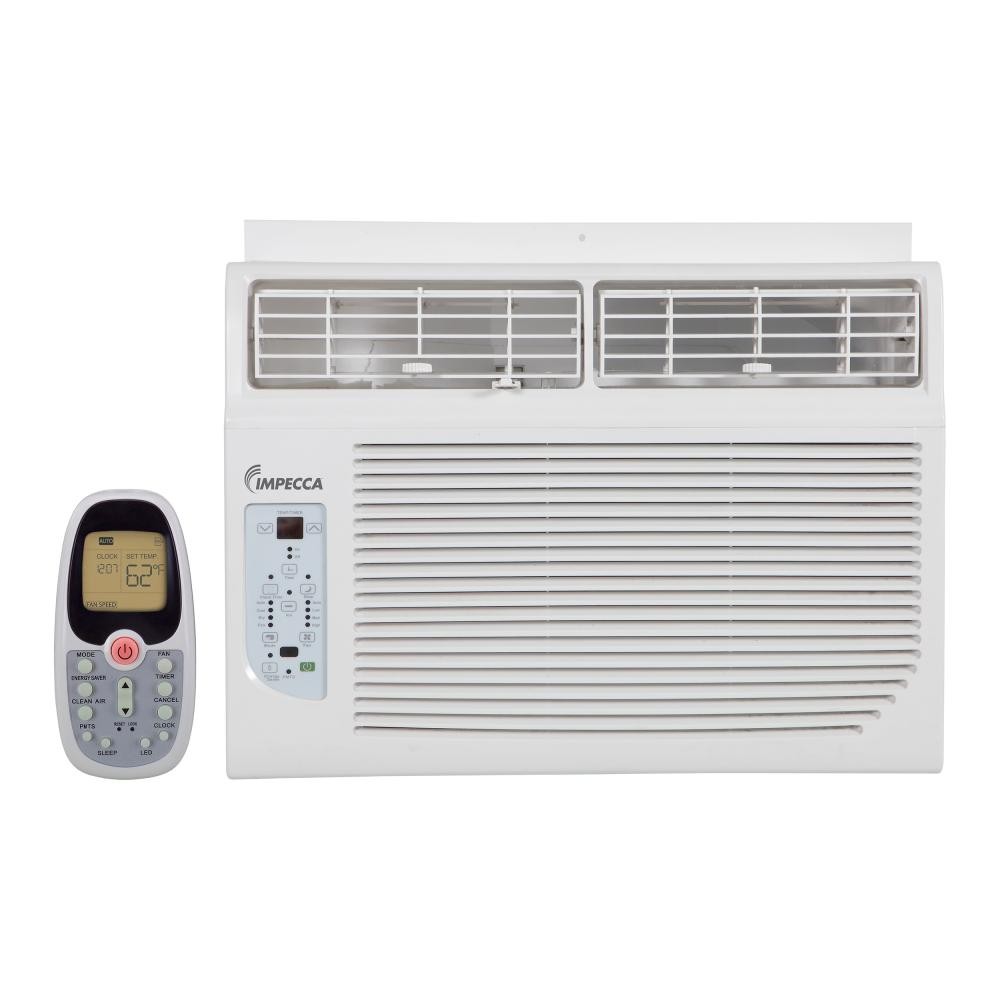

Volume = Width X Length X Height (cubic feet) Step 2Įstimate the number of people (N) that will usually occupy this room. This is done by measuring the length, width and height of the room in feet and multiply all the three dimensions together. Use this result to compare with the calculation done by the air conditioning contractors for your own checking purposes.įind the volume of your room in cubic feet. However, there is a simple rule of thumb that you can use to estimate the required cooling capacity for your room. The higher the listed BTU/hr, the greater the cooling capacity.Īir Conditioning Calculations - Rule Of ThumbĬalculating the cooling capacity needed for your room is a complicated process as there are many factors to consider. With better technology, some machines are able to remove 10,000 BTU/hr of heat with the same capacity. When choosing an air conditioner, usually a 1 HP (horse power) equipment is able to remove 9,000 BTU/hr of heat. 1 BTU/hr is the heat energy needed to increase 1 pound of water by 1☏. The unit used to measure heat load is BTU/hr. Study shows that this combination of temperature and RH is the most conducive for the human body. The typical design is set to 24☌ temperature and 55% Relative Humidity. The cycling on and off of the compressor will lead to shorter life span of the compressor besides having to spend more on the unit price and installation cost.Īn undersized unit will not be able to cool the room properly and more so if the weather is hot.Ĭooling capacity for a room is defined as the heat load in a room that have to be removed in order to achieve a certain room temperature and humidity. On top of that, the electricity bill will be high as the compressor turns on and off too often.Įvery time the on/off type of compressor starts to run, its power consumption is 6 times higher than when it is running steadily.
#Window ac unit calculator windows#
If you want the light those windows provides, a reflective film can also help cut the heat while allowing some light in.It will also cause discomfort to the occupants as the dehumidfication of the room is not properly done. They represent a small percentage of the heat that comes into the garage, but if your windows face the sun most of the day, covering windows with sun-blocking curtains will keep your garage cooler. Most garages have at most one or two windows if they have any at all. (In an attached garage, the wall shared with your house is already insulated.) You’ll realize a small energy saving by adding wall insulation, but how much depends heavily on your local conditions. Adding insulation to your exposed garage walls will help keep it cool, but it’s a luxury if you’re on a budget. Start with the walls where the sun shines directly, then move to walls that are in the shade most of the time. You’ll stay cooler, and your garage air conditioner unit won't have to work as hard.

Add some rolled insulation to the floor of the attic (or to the ceiling of the garage, if the attic is finished). Like the rest of your home, your garage gets a lot of extra heat from the attic above it. Many garages can get by with upgraded garage door insulation alone. Replace the insulating strips around your door and check that all cracks are sealed. By adding insulated garage doors, you can greatly reduce the heat that comes in. Your doors absorb an amazing amount of heat during the day. Some of them smell odd, but others, like carbon monoxide from the exhaust, can be deadly. Whether you’re working on the mower or just warming up the car, all kinds of fumes are in your garage at any given time.

Outdoor air bypasses the HVAC filter system, allowing pollutants and allergens to build up inside. Negative pressure in your home has to be relieved somehow, and what usually happens is that your home will draw air in from outside. While this change in pressure can't be sensed, except perhaps by the slight breeze when the door to the garage is opened, it poses problems. This forces the rest of the home to become slightly depressurized because the air in the garage can’t get back to the air return. Your garage typically will not have an air return back into the HVAC system, and when a central air duct is extended into a garage, it can create abnormal pressurization in the garage.The Spruce Home Improvement Review Board.


 0 kommentar(er)
0 kommentar(er)
